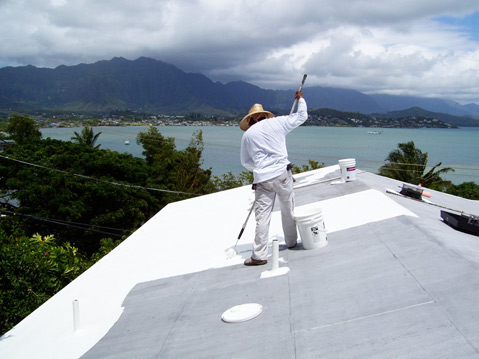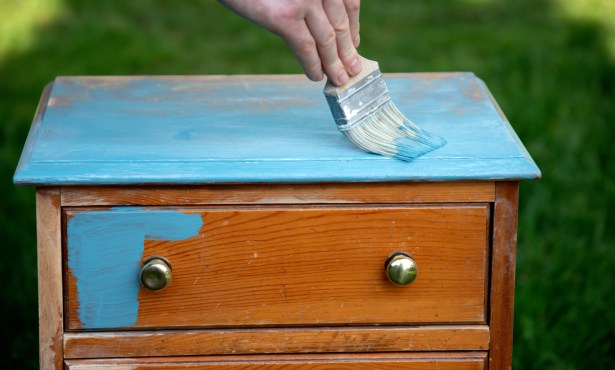Cool Roofs for Comfort and Energy Saving

For obvious reasons, we need to keep thinking long-term about low-cost, effective strategies for cooling our homes and buildings. Since 2005, all new buildings in California have been required, per the state energy code, to install a “cool roof.” A cool roof is a roofing system that delivers higher solar reflectance and thermal emittance than traditional roofing materials. Solar reflectance is the ability to reflect visible, infrared, and ultraviolet wavelengths of the sun, thereby reducing heat transfer to the building. Thermal emittance is the ability to emit absorbed heat.
Historically, cool roofs have either been white or some other light color. Innovations have broadened the color spectrum dramatically in the past decade. Now it is possible to get many colored roof materials, even in the darker hues, that meet cool-roof certifications.
The Cool Roof Rating Council (CRRC) is an independent, nonprofit organization that rates and publishes the reflective and emittance properties of roofing products. It developed a scale of 0-1 to quantify each of these properties, with higher values being cooler. It tests products when new and when aged — called the weathered rating — because some products become less reflective over time and thus less effective at staying cool and conserving energy. There is also a solar reflectance index (SRI) that gives a single value that combines both solar reflectance and emittance (also valued between 0-1).
When existing homes are remodeled, the roofing is not covered by the state energy code requirements. Changing out a roof on an older home to replace it with a roofing material with a high SRI rating would rarely be cost-effective. If a new roof is needed, however — and every roof needs replacing periodically — going with a highly reflective product is the way to go. Moreover, such products tend to cost no more than conventional roofing. Choosing a cool option is advisable with all configurations of roofs but especially if a home has an unconditioned attic that houses heating/cooling equipment or ducting runs. Of course, it is still important to have good insulation and air sealing at the ceiling level.
The exterior surface of a conventional roof can reach 190 degrees Fahrenheit or more in summertime. One with high solar reflectivity (a 0.75 rating or higher) can stay 50-60 degrees cooler, which leads similarly to a much cooler attic space. A cool roof has the additional advantage of deteriorating more slowly than a conventional one of dark, similar material, adding to cost savings.



